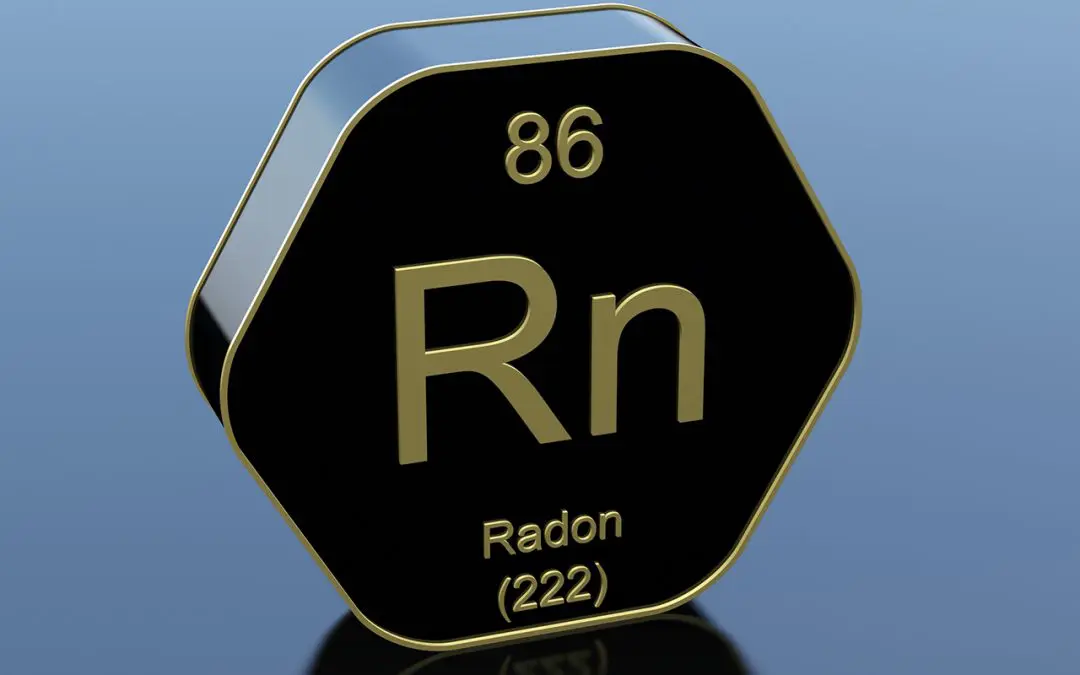Radon is a gas that is odorless, tasteless, and cannot be seen. It occurs naturally when the element uranium breaks down in soil, rock, and groundwater. Since it occurs naturally, people are always exposed to varying levels of radon. It is only a danger when a person is overexposed to the gas which can cause serious health problems. This article will feature some of the ways that radon exposure occurs, the possible health risks, and offer advice on how to detect radon in your home to improve your family’s safety.
Radon in your Home: How Does it Enter?
Radon enters the home through gaps and cracks in the building. This includes cracks in solid flooring or walls, holes inside walls, gaps around service pipes and construction joints, as well as through groundwater supply. Radon can also enter through the soil underneath your home. Suction can be created through pressure differences between the air pressure of the home and the air pressure outside of the home. This suction can bring radon in through any cracks in your structure.
Radon may also be brought into the home through a groundwater supply, such as water from wells. Through everyday activities, such as cooking and cleaning with the water, radon can escape into the atmosphere adding to the radon already present in the home. Burning wood or coal can also add small particles of radon into the air. By itself, this is not a major problem but may become one if it is added to other activities that increase radon in your home.
What are the Major Risks for Radon Exposure?
The greatest risk for radon exposure is that it may become trapped in the lungs. Over time, these particles can increase the risk for lung cancer. Even though it may take years for these effects to occur, radon exposure is the second leading cause of lung cancer, coming in second to cigarette smoking. This means the risk of lung cancer from radon exposure is especially increased if you are already a smoker. Signs of developing lung cancer include a strong and persistent cough, wheezing, coughing up blood, chest pain and shortness of breath. If you are experiencing any or all of these symptoms, you should test for radon in your home and see a doctor. It is important to note that radon could be harming your health without any symptoms at all.
How Can You Test Your Home for Radon?
Home improvement stores sell kits to test your home yourself, but if you want the peace of mind from a more accurate screening, hire a professional inspector to detect radon exposure in your home. An inspection can not only detect radon exposure but also offer solutions for mitigation and future prevention. The DIY kits may require you to use an object like coal to absorb the radon in the air and have the results sent off to a lab for analysis. This option may work if you are looking for an inexpensive solution, but it is not the most reliable option to detect radon exposure. A home inspector will use an advanced radon detection tool that returns accurate readings of the gas. The benefit of the digital radon detectors is that they offer results within a short period of time.
Radon can pose a serious threat to the health of you and your family due to its non-detectable nature. It is better to be safe and proactive about detecting radon exposure in your home to prevent the risk of lung cancer. Taking measures to protect yourself today can save you from serious health troubles in the future.
Outlook Home Inspections is a full-service home inspection company in the Greater Charlotte area and Western North Carolina that provides radon testing. To schedule an appointment or discuss our services, contact us.

